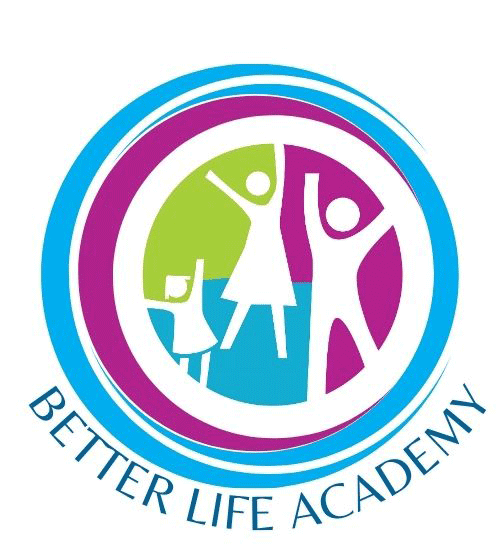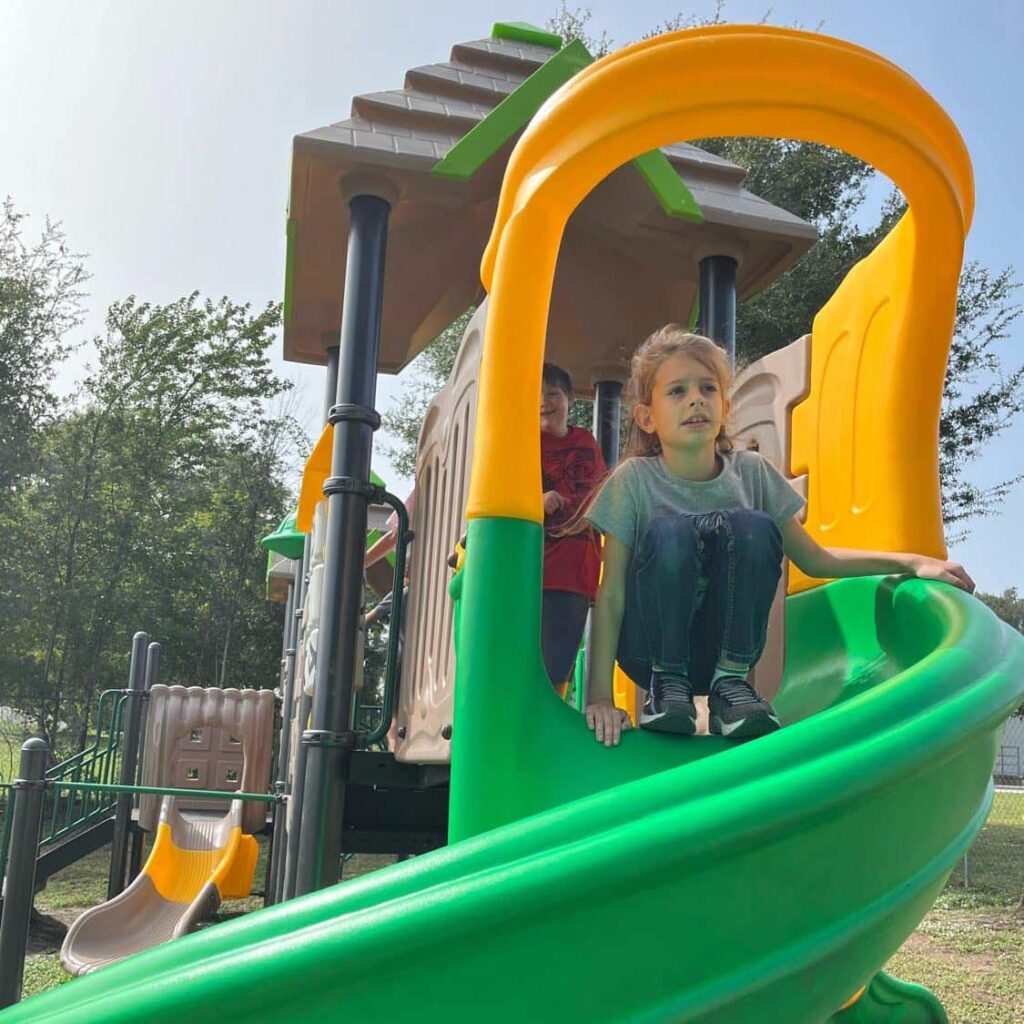Applied Behavior Analysis (ABA) is a therapy based on the science of learning and behavior.
Behavior analysis helps us to understand:
- How behavior works
- How behavior is affected by the environment
- How learning takes place
ABA therapy applies our understanding of how behavior works to real situations. The goal is to increase appropriate behaviors and decrease behaviors that are harmful or interfere with learning.
ABA therapy programs can help:
- Increase language and communication skills
- Improve attention, focus, social skills, memory, and academics
- Decrease problem behaviors
Methods of behavior analysis have been used and studied for decades. They have helped many kinds of learners gain different skills – from healthier lifestyles to learning a new language. Therapists have used ABA to help children with autism and related developmental delays since the 1960s.

